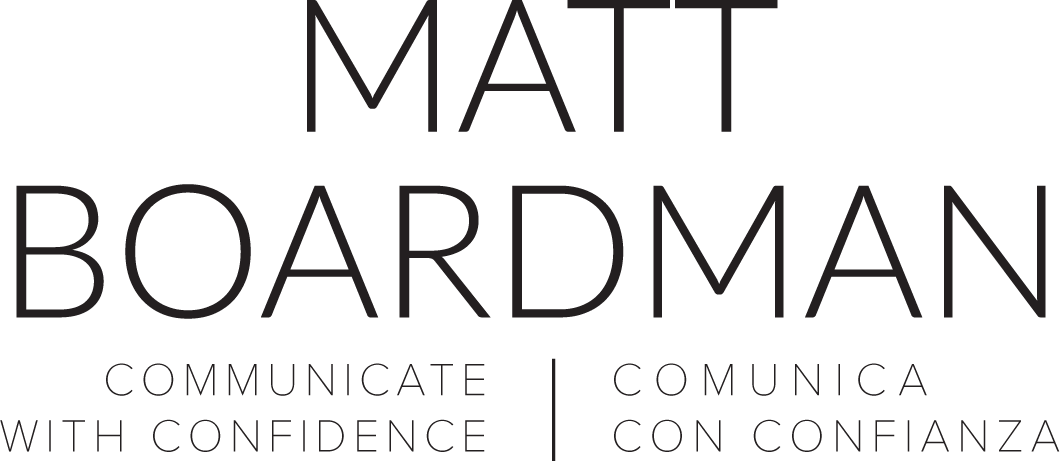Have you ever watched someone give a presentation and been fascinated by it for the first six minutes, but then lost interest over time? We often think the more content we give our audience, the more satisfied they will be, but the opposite is generally true. Ending early, and on a high, will leave your audience wanting more.
Fawlty Towers was a late-1970s UK comedy television series voted the best British series of the 20th century.[1] The striking thing about it was that only 12 episodes were ever produced. In contrast, the declining ratings of Lost showed that for many people it had outstayed its welcome after Episode 121 (I watched it until the end, partly because with global warming I see the value of getting used to the image of polar bears on tropical islands). Fawlty Towers was able to cement an enduring legacy of quality because its creators had the willpower to end it on a high, even though they could have made several more episodes which would have been just as popular.
Ending on a high, which has almost nothing to do with cannabis culture, marks out every strong presentation and networking conversation alike because it leaves the audience wanting more.
Less is more
The advantage of a presentation that is concise is that your audience will invariably assume that if the presentation had continued longer it would have done so with the same quality. This may well not have been the case, of course (particularly if you had found cause to elaborate on your conspiracy theory about the moon landings), but without evidence to the contrary they are likely to assume it. In the ‘assertiveness experiment’, Norbert Schwarz and his colleagues found that people were more likely to rate themselves as an assertive person if they had been asked to come up with six examples of when they had been assertive (which was easy, giving them the impression that they could come up with plenty more examples if needed), than if they had been asked to come up with 12 (which was possible but more difficult, suggesting to them that they weren’t actually that assertive)[2]. Although coming up with the first six or eight was probably very easy, the overall impression was tainted by the difficulty of thinking of the last few.
Knowing when to stop
We can adapt this to the context of public speaking. If you watch a presentation by a renowned Uttarpradeshi snake charmer which lasts six minutes and sustains a high level of interest throughout, you are more likely to assume that a longer talk would maintain the quality, and are therefore left wanting more. If you watched a 12 minute presentation by a Peruvian llama tamer which gripped you for eight minutes but lost your interest for a little while after the ninth minute (perhaps simply because it is harder to sustain interest for a longer period of time), you would be left with a less positive impression even though the Peruvian llama tamer actually held your interest for longer overall.
The same is true for conversations in a social setting. It can seem counter-intuitive to end a conversation when it is going well, but it is almost always better in the long run to leave the other person wanting more.
I am not suggesting that your ability to engage is determined by which animal you choose to domicile (although if you speak Parseltongue you’ll find snake charming easier). The lesson to be remembered is that, whether you’re giving a presentation or having a networking conversation, you will always leave your audience with a more favourable impression if you end the interaction on a high.
What do you think? Have you ever deliberately finished a presentation (or even conversation!) early to maximise its impact? Let me know in the comments below.
-----------
[1] British Film Industry (2000), http://www.screenonline.org.uk/tv/id/459034/
[2] Schwarz, Norbert; Bless, Herbert; Strack, Fritz; Klumpp, Gisela; Rittenauer-Schatka, Helga; Simons, Annette (1991). "Ease of retrieval as information: Another look at the availability heuristic". Journal of Personality and Social Psychology 61 (2): 195–202.

